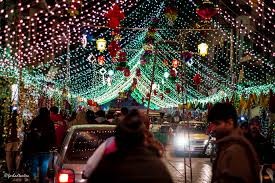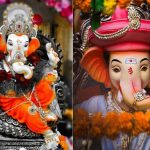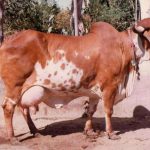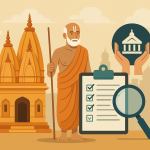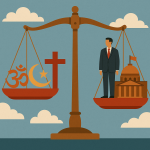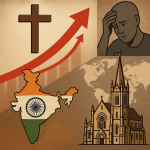India will be celebrating the Eid-e-Milad or as it is popularly known as ‘Milad- un – Abi from 1st December evening to 2nd Decemeber. The day is dedicated to Prophet Muhammad, observes both celebration and mourning. The date was announced by the Ruet-e-Hilal Committee Chairman Mufti Muneeb-ur-Rehman. The announcement was made following a meeting of the moon-sighting committee in Karachi.
The day is celebrated in the third month of the Islamic calendar called Rabi’ al-aawal. Though according to the popular belief the Holy Prophet was born on the 12th day of Rabi-ul-Awwal in 571 AD, the Sunnis believe in remembering his teachings anytime of the year.

Origin of Eid-E-Milad
Many historians and scholars believe that no such day to celebrate the Prophet’s birthday existed in earlier days. Their arguments are also woven around the controversy that such a festival was adopted to counter the celebrations of Christmas. Experts also trace the origin of the festival to Turkey and Egypt. Many claim that there are many references of Milad-ul Nabi in the holy Quran.
Must Read : South India Mosques/ Dargah: Ameen Peer Dargah – A Dargah thronged by Celebrities
The celebration of Prophet’s birthday is believed to have its origins on the 8th century when the Prophet Muhammad’s birth house was converted into a house of prayer by Al-Khayzuran. Al-Khayzuran was the mother of a caliph, Harun-al-Rashid. Originally, the festival was celebrated by the Shias. Centuries ago, the day was celebrated with animal sacrifices and huge processions during the day which culminated by a speech by the rulers. Gifts were also offered to those in power.
It was somewhere in the 12th century that the Sunnis adopted this festival, although with a different date. Although the celebration of the festival was met with some resistance in the Sunnis, the festival came to be adopted in large numbers by the 15th century and by the beginning of the 20th century, it began to be observed as a national holiday in many regions of the world.

How is it Celebrated
Eid-e-Milad, also called Maulid or Mawlid, is celebrated by singing hymns in praise of the Prophet. The Sunnis and the Shia sects celebrate the day differently. While the former holds prayers throughout the month and not mark the day as one of mourning, the latter believes that Prophet Muhammad chose Hazrat Ali as his successor on this day.
The Milad un Nabi or Malwid is celebrated in different ways in different parts of the world. For example, in Pakistan, it is celebrated with the raising of the national flag on national monuments followed by a gun salute at dawn. In some other parts of the world, the festival is observed with large processions and a carnival like atmosphere. There is an atmosphere of bonhomie and people can be seen exchanging gifts and distributing food to the poor. The day is celebrated with the offering of prayers by thousands in mosques and the mosques being decorated with lights. This is a public holiday in most of the Muslim countries.
Must Read : South India Mosques : Cherman Perumal Jumma Masjid – India’s Oldest Mosque
Indian Muslims celebrate it by offering Namaaz and performing other ritualistic customs. The Hazratbal Shrine in Jammu and Kashmir displays the relics of Prophet Muhammad. In some other parts, rallies are conducted.

How is it Observed
Those who observe Milad-un-Nabi gatherings remember, discuss and celebrate the advent of the Prophet Muhammad’s birth and his teachings. Some people send Milad-un-Nabi e-cards to friends and family. The things the Muslims do on this day –
Night-long prayer meetings held
Marches and parades are organized
Sandal rites over the symbolic footprints of the Prophet Muhammad.
Festive banners and bunting on and in homes, mosques and other buildings.
Communal meals in mosques and other community buildings are organised.
Meetings at the Mosque or at home are held to listen to stories and poems (nats) about Mohammad’s life, deeds and teachings.
Exhibitions are organized featuring photos of mosques in the holy cities of Mecca and Medina in Saudi Arabia.

Many people carry green flags or banners or wear green ribbons or items of clothing when taking part in these events. The color green represents Islam and paradise. Many Kashmiri Muslims gather at the Hazratbal shrine in Srinagar, which is in the Indian province of Jammu and Kashmir. It houses a hair that is believed to have come from the Prophet Mohammad. Thousands of people attend prayers at the shrine on the night before Milad un-Nabi. The relic is displayed in the mosque after the morning prayers.
===

